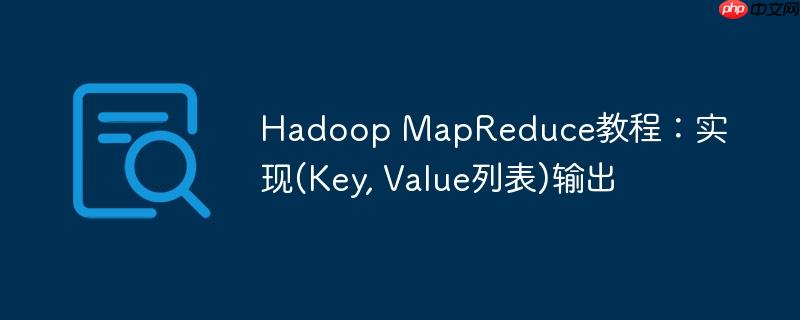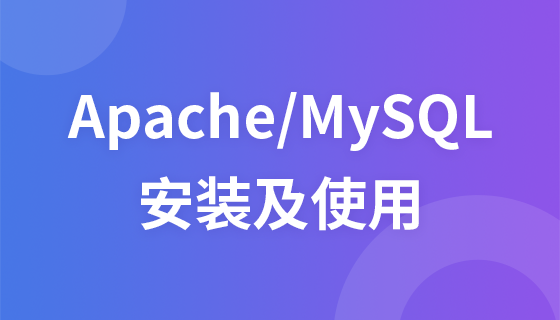
在hadoop mapreduce编程中,经常需要将具有相同key的多个value合并成一个列表,以便进行后续处理。本文将详细介绍如何在reducer中实现这一功能,并提供示例代码和注意事项,帮助读者更好地理解和应用。
实现(Key, Value列表)输出的核心在于Reducer的reduce()方法。该方法接收一个Key和与该Key关联的Value集合(Iterable<Text>)作为输入。我们需要将这个Value集合转换成一个字符串列表,然后将其作为Value输出。
以下是一个示例Reducer的代码:
import java.io.IOException;
import java.util.StringTokenizer;
import org.apache.hadoop.io.IntWritable;
import org.apache.hadoop.io.LongWritable;
import org.apache.hadoop.io.Text;
import org.apache.hadoop.mapreduce.Mapper;
import org.apache.hadoop.mapreduce.Reducer;
public class KeyValueListExample {
public static class Map extends Mapper<LongWritable, Text, IntWritable, Text> {
public void map(LongWritable key, Text value, Context context) throws IOException, InterruptedException {
String line = value.toString();
StringTokenizer tokenizer = new StringTokenizer(line);
String token1 = tokenizer.nextToken();
String token2 = tokenizer.nextToken();
context.write(new IntWritable(Integer.parseInt(token1)), new Text(token2));
}
}
public static class Reduce extends Reducer<IntWritable, Text, IntWritable, Text> {
String iterableToString(Iterable<Text> values) {
StringBuilder sb = new StringBuilder("[");
for (Text val: values) {
sb.append(val.get()).append(",");
}
if (sb.length() > 1) { // Check if any values were appended
sb.setLength(sb.length() - 1); // Correctly remove the last comma
}
sb.append("]");
return sb.toString();
}
public void reduce(IntWritable key, Iterable<Text> values, Context context)
throws IOException, InterruptedException {
context.write(key, new Text(iterableToString(values)));
}
}
}代码解释:
通过本文的讲解,读者应该能够掌握如何在Hadoop MapReduce中实现(Key, Value列表)的输出。核心在于编写一个将Iterable<Text>类型的Value集合转换成字符串列表的方法,并在Reducer的reduce()方法中使用该方法。在实际应用中,可以根据具体需求进行适当的修改和优化。
以上就是Hadoop MapReduce教程:实现(Key, Value列表)输出的详细内容,更多请关注php中文网其它相关文章!

每个人都需要一台速度更快、更稳定的 PC。随着时间的推移,垃圾文件、旧注册表数据和不必要的后台进程会占用资源并降低性能。幸运的是,许多工具可以让 Windows 保持平稳运行。




Copyright 2014-2025 https://www.php.cn/ All Rights Reserved | php.cn | 湘ICP备2023035733号